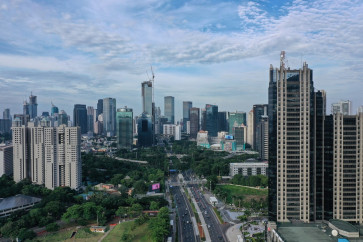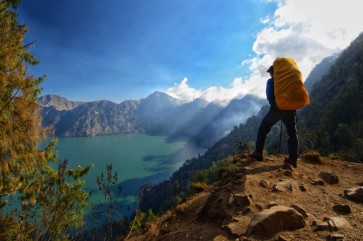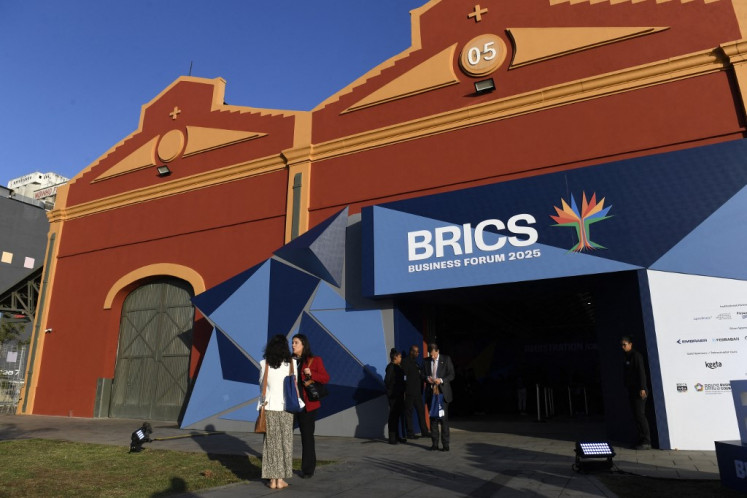Popular Reads
Top Results
Can't find what you're looking for?
View all search resultsPopular Reads
Top Results
Can't find what you're looking for?
View all search resultsSojourn: Taman Ujung Soekasada Park
âOngoing renovations restore a palace to its former gloryâWords and photos Luh De SuriyaniDeveloped as an official residence of the king of Karangasem, construction of the water palace originally known as Taman Soekasada started in 1901
Change text size
Gift Premium Articles
to Anyone
'Ongoing renovations restore a palace to its former glory'
Words and photos Luh De Suriyani
Developed as an official residence of the king of Karangasem, construction of the water palace originally known as Taman Soekasada started in 1901.
Located near Ujung Beach in Karangasem, some 80 kilometers east of Denpasar, the royal residence was commissioned by AA Gde Djelantik, the king of Karangasem. Taman Ujung, as it has become known, officially opened in 1921 and was an idyllic blend of European and traditional Balinese architecture.
The main building was European in style and had intricate stained glass designs in every window. It was built surrounded by water and had a bridge linking it to the main area.
King Djelantik chose the site for its vicinity to Pantai Ujung, which was, at that time, a trade center connecting Bali to the neighboring island of Lombok in West Nusa Tenggara. It was also close to a sacred water source called Manikan.
center connecting Bali to the neighboring island of Lombok in West Nusa Tenggara. It was also close to a sacred water source called Manikan.
The water palace was one of Bali's most prestigious royal residences for many years until natural disasters damaged the majority of the buildings. The destruction was the result of Mount Agung's eruption in 1963 and a massive earthquake in Buleleng, northern Bali, in 1975.
For decades, the ruins of Taman Ujung represented the past glory of Karangasem's royal kingdom.
After years of neglect, the local government recently began renovations of this precious heritage site with support from the World Bank.
The renovation project aims to replicate the original buildings, bridge and water ponds of Taman Ujung and is currently still under way. The main building and supporting facilities are being recreated with original style ornaments and carvings. Two pavilions, called Taman Gili, are being built on either side of the main building and a rectangular pavilion is being renovated. The sturdy concrete pillars are still standing but the other parts of the structure have to be added. A new pavilion is being built using wood, while in the southern part of the area, a floating pavilion is now used as a meeting hall.
Even though the work is ongoing, the local people still enjoy the beauty of the water palace, especially during weekends and holidays.













